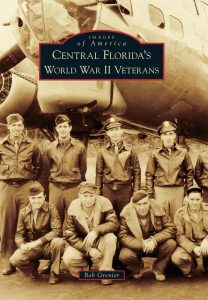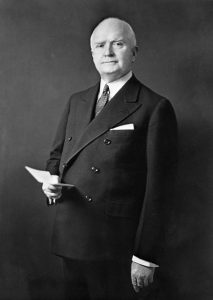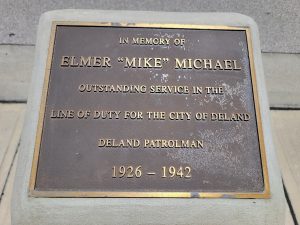Florida State Poets Association to Hold Slam Competition in Daytona Beach Shores


On October 20-23, 2022, the National Federation of State Poetry Societies (NFSPS) in cooperation with the Florida State Poets Association (FSPA) and Bethune-Cookman University (BCU) is holding its first annual national championship slam poetry competition in Daytona Beach Shores, Florida. Competitors are expected from across the country and will be limited to 40 of the top spoken word poets.
A Youth Poetry Mini-Festival (under 21 years) will be held as a part of the overall event. Creative Happiness Institute and Bethune-Cookman University will conduct the youth events on behalf of the NFSPS and the FSPA, which will include workshops, a National Youth Poetry Slam, and a National Youth Open Mic.
Location
Our host hotel, the Residence Inn by Marriot Daytona Beach Oceanfront, will be the site of many festival events. Other festival events will take place on and around the campus of Bethune-Cookman University. All room rates at the Residence Inn include free parking, hot breakfast buffet, free coffee/tea bar, Wi-Fi, and unlimited access to the resort pool, spa, and beautiful beach with no resort fees. This event will be held in conjunction with the FSPA annual convention. The competition will take place over 3 days, with preliminary rounds on Thursday and Friday nights culminating in a finals stage of 12 poets and one sacrificial poet on Saturday night.
Right To Cancel
NFSPS reserves the right to cancel the competition in the event of weather, public health, or any other major problem. Full refund of all registration fees will be paid within 7 days of the cancellation.
Prelims
There will be two venues hosting 2 bouts apiece the first two nights: an early bout from 6pm to 8pm and a late bout from 8:30pm to 10:30pm. In other words, there will be a total of 4 bouts each of the first two nights. The venues will likely be in the host hotel and on and around the campus of Bethune-Cookman University. 10 poets will compete in each bout. There will be two rounds in each bout, with the order in the first round taking place by random draw and the order in the second round determined by first round finish (high score goes first in second round). There will be five (5) judges scoring each poem on a scale of 1 to 10, utilizing one decimal place to give further nuance to the scores. For example, one poem may score a 9 while a slightly better poem may score a 9.1 or 9.2. All five judges will give a score but for prelim purposes the highest score and the lowest score will be dropped. The remaining three scores will be added to give the poet a score for the round. The scores for each of the two rounds will be added together and the highest cumulative score shall be given a ranking of 1, the next highest a ranking of 2, and so on, with the lowest cumulative score awarded a ranking of 10. After 2 nights of prelims, the 12 highest ranked poets (lowest numbers) will advance to the Finals with the 13th highest poet serving as the sacrificial poet to begin finals rounds. Ties for final stage will be broken by comparing the cumulative scores of the poets in question over both days of prelims. If there is still a tie, the dropped judges scores over the two days will be added back in and the resulting new cumulative scores will be compared. If there is still a tie, there will be either an additional poet added to Finals, or a tie break slam held to determine who advances. Poems may not be repeated in any prelim round, including any tie break round.
Finals
Finals will be held on Saturday night on the campus of Bethune-Cookman University in the Mary McLeod Bethune Performing Arts Center. Finals will consist of three rounds. Scores are cumulative. Order in the first round will be by random draw. Order in the second and third round will be determined based on the cumulative scores of the poets, from high score to low score. After the first round, the highest 8 scoring poets progress to the second round. After the second round the top 4 scoring poets advance to the final round. Scores are cumulative. The highest cumulative scoring poets wins. Poems from prelims may be repeated in the Finals.
Admission
All Blackberry Peach preliminary rounds will have free admission. Admission to Finals will be ticketed and tickets can be purchased here: https://BBPFinalStage.eventbrite.com

For The Best American Poetry 2022guest editor Matthew Zapruder, whose own poems are “for everyone, everywhere…democratic in [their] insights and feelings” (NPR), has selected the seventy-five new poems that represent American poetry today at its most dynamic. Chosen from print and online magazines, from the popular to the little-known, the selection is sure to capture the attention of both Best American Poetry loyalists and newcomers to the series.
Are you a poet looking for outlets for your work? You won’t find a better resource than Poet’s Market.
Want to get your poetry published? There’s no better tool for making it happen than Poet’s Market, which includes hundreds of publishing opportunities specifically for poets, including listings for book and chapbook publishers, print and online poetry publications, contests, and more. These listings include contact information, submission preferences, insider tips on what specific editors want, and–when offered–payment information.



























































